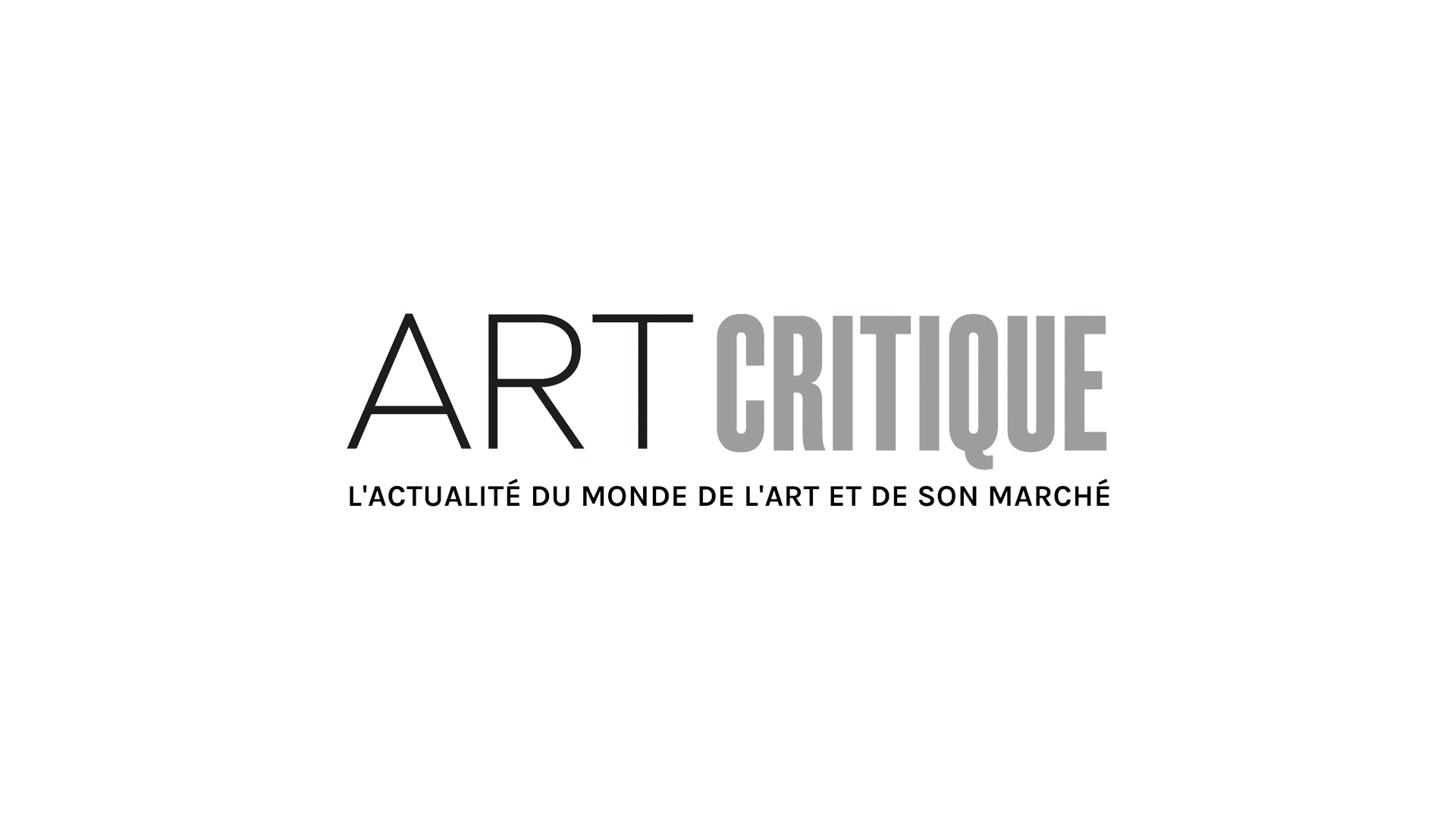There’s no doubt that Picasso was a Mediterranean in his soul: the colours and themes of his work were a response to the call of the South, and the painter’s highly publicized biography does not overlook his preference for the sunny shores, especially since the master didn’t mind being photographed, robust and practically naked, at either the workshop or the beach. However, it would be unfortunate to stop there because the connection is deeper and more complex. That’s why the Picasso Museum in Paris, located in the magnificent Salé du Marais Hotel and curated by Laurent Lebon, has embarked on an international tour under the title “Picasso-Mediterranean” which brings together close to 50 displays from over a period of two years, between 2017 and 2019 (1917 being the date of Picasso’s first trip to Italy). This summer’s exhibition in Paris called Picasso decidedly Mediterranean, attempts to tie all the threads of this major investigation.

“Faunes et chèvre
Cannes”, novembre 1959.
Linoleum gravé à la gouge
Premier plateau (ciel), Ier état, deuxième plateau (paysage), Ier état Épreuve sur papier
53 x 63,5 cm
Musée national Picasso-Paris
Dation Pablo Picasso, 1979
© RMN-Grand Palais / Thierry Le Mage
© Succession Picasso 2019.
The first Mediterranean country that was important to young Pablo was Spain. He was born there in 1881 in Malaga, then went on to spend many years, beginning when he was 15, in the excitement of Barcelona. The lights, the shapes and the flavours permanently embedded themselves in the young boy’s sensory memories. Maybe one of the most haunting was the theme of the bullfight, to which he often returned. Beginning in 1900, the young artist ventured to Paris, the indisputable capital of modernity. However, his painting continued to pulsate with lively shapes of the South. As early as 1905, Apollinaire, with almost divine accuracy, had sensed that Picasso was “morally Latin and rhythmically Arabic”.

“Plaque rectangulaire décorée d’un faune musicien [1948]”. Terre blanche, décor aux engobes 35,3 x 27 cm. Musée national Picasso-Paris Dation Pablo Picasso, 1979 © RMN-Grand Palais / Gérard Blot © Succession Picasso 2019.
It would, however, take until the years following the end of World War II before the Côte d’Azur would evolve from a mere vacation destination for the painter into an almost permanent residence like Nice was for his elder and rival Henri Matisse who had been a citizen of that city since 1915. In 1948, Picasso moved to Vallauris, a market town traditionally known for its ceramics manufacturing. He was deeply inspired by this medium which seemed mid-way between the archeological pieces from pre-classical Greece and the local creations of the modern era. Starting in 1955, he travelled to “The California”, a villa in the hills of Cannes where he visited neighbour Jean Cocteau, a guest of Francine Weisweiller in Saint-Jean-Cap-Ferrat. The bay of Cannes, painted during this trip, contradicts Picasso’s consistently deconstructive image; conversely it reveals the artist’s desire to celebrate the appeal of beloved landscapes. From there he would venture on to Mougins where he lived up until his death in 1973.

“La Flûte de Pan”
Antibes, été 1923.
Huile sur toile
205 x 174 cm
Musée national Picasso-Paris Dation Pablo Picasso, 1979 © RMN-Grand Palais / Adrien Didierjean © Succession Picasso 2019.
The Picasso Museum has entrusted artist Jean-Christophe Norman with the task of endowing the exhibition with a seal of modernity. Through a performance in many acts, Norman has literally written Picasso’s life in the soil of the cities symbolic of the Mediterranean. Nothing was more legitimate, as the most famous painter of the 20th century was able to visually express the quintessence of the ancient sea. Let’s take for example, Pan’s Flute, dated 1923. The painting’s powerful architecture brings out the very understated colour palette, reduced to the essential: blue, of course, for the sky and sea, ochre, and a kind of flesh colour that makes bodies appear to be nude. Naked bodies in the light; Mediterranean art has in fact revolved around this glorious mystery all throughout history. Picasso was such a master in this kind of depiction that the poet Rafael Alberti was able to write, in reference to the artist: “the sea created by you”.

“Corrida au soleil noir”
Paris, 7 janvier 1946.
Crayon et encre sur papier lithographique découpé et collé, puis décalqué sur pierre. Épreuve sur papier, tirée par Mourlot
32,8 x 49 cm
Musée national Picasso-Paris. Dation Pablo Picasso, 1979
© RMN-Grand Palais / Thierry Le Mage
© Succession Picasso 2019.
Picasso, obstinément méditerranéen (Picasso, decidedly Mediterranean) from June 4th through October 6th
Musée Picasso Paris
5 Rue de Thorigny / Paris 3rd arr.
www.museepicassoparis.fr/
This is a translation of an original Art Critique article published on July 31st by Guillaume de Sardes, which can be found here.






